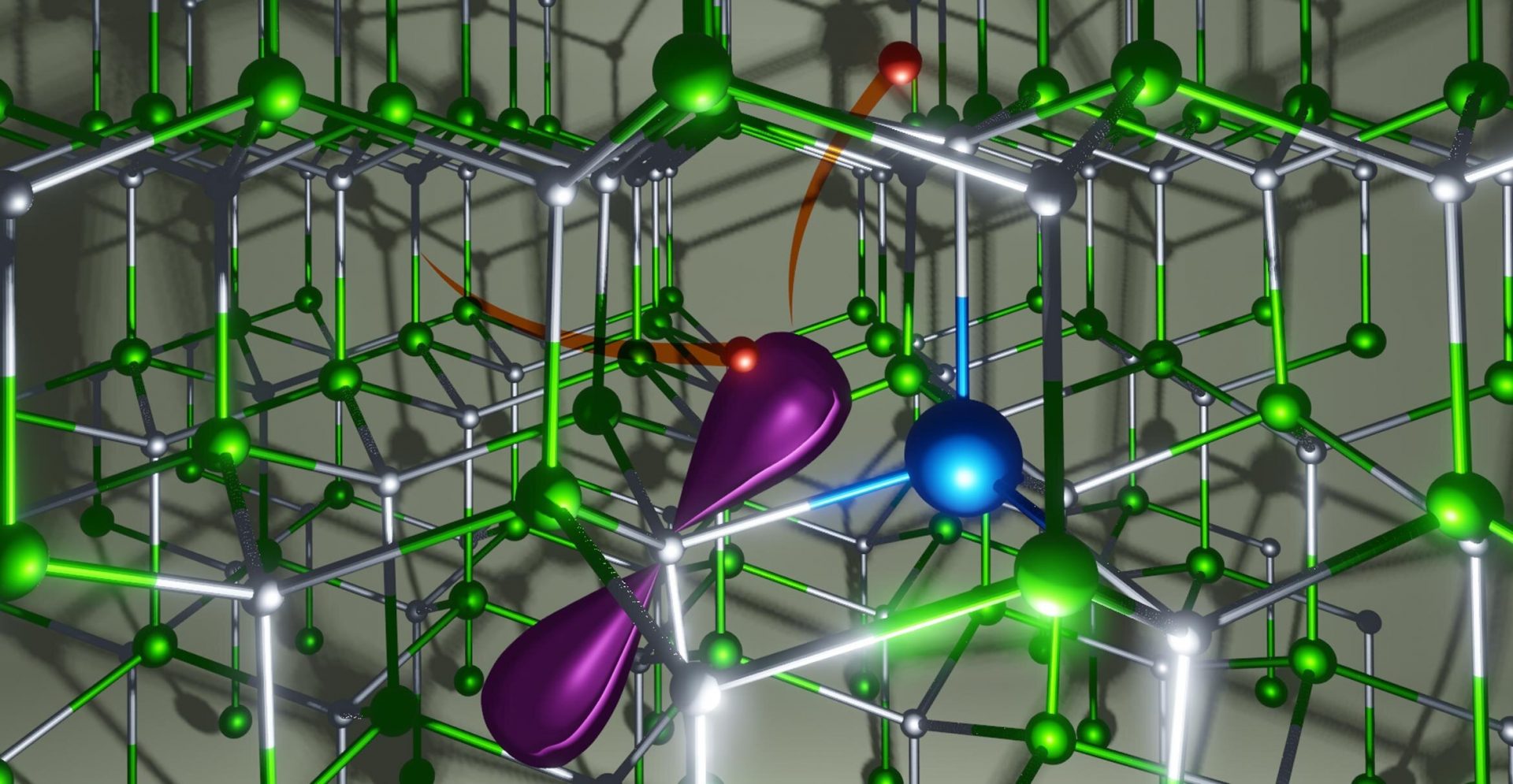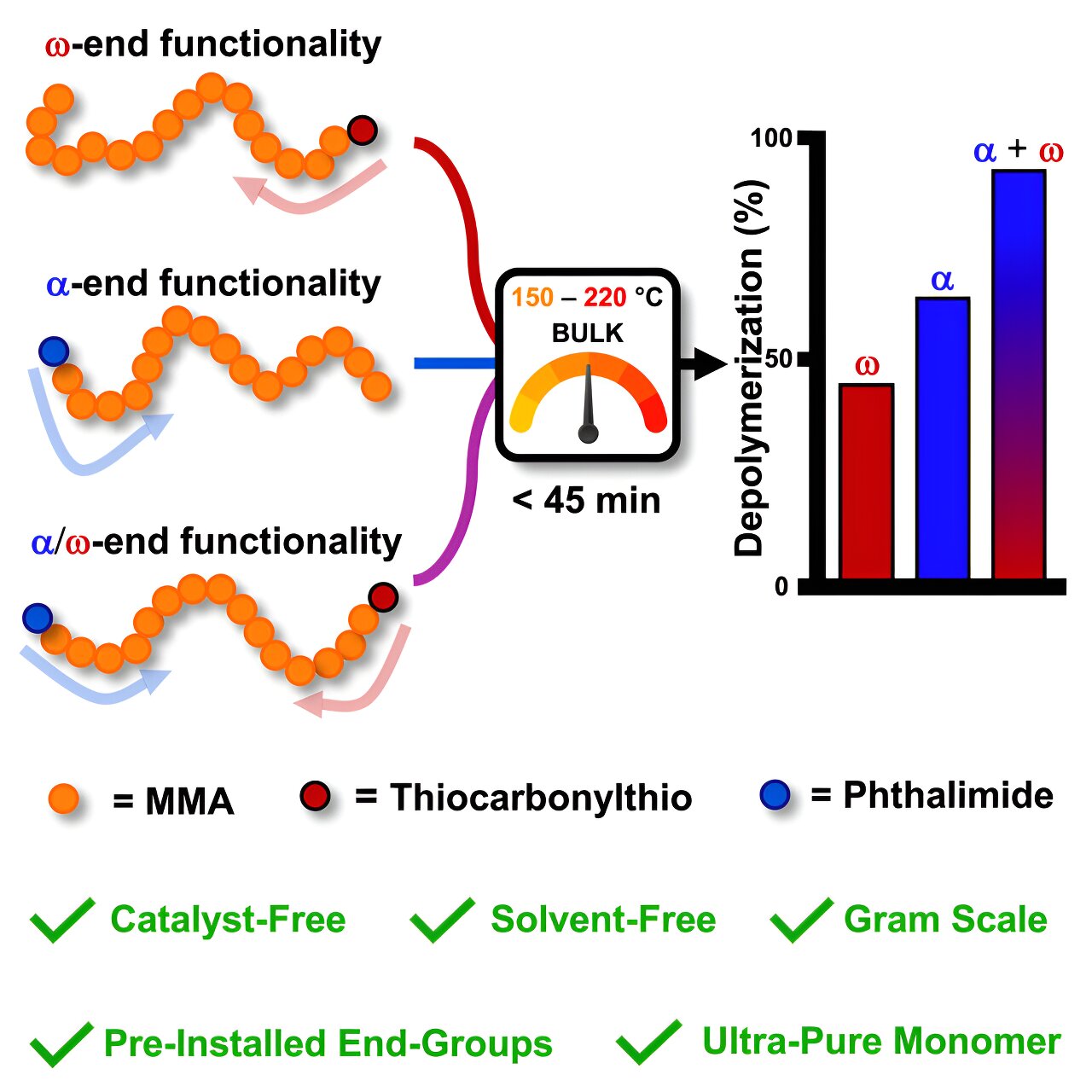Defects often hinder the performance of devices like light-emitting diodes (LEDs). While we understand how defects affect materials that emit red or green light, the same cannot be said for shorter-wavelength (blue or ultraviolet) emitters.
Researchers at UC Santa Barbara’s Department of Materials have recently made a breakthrough in understanding this phenomenon. They have discovered the crucial role of the Auger-Meitner effect, a mechanism that allows an electron to lose energy by transferring it to another electron in a higher-energy state.
“Defects or impurities, also known as ‘traps,’ have long been known to reduce the efficiency of LEDs and other electronic devices,” said Materials Professor Chris Van de Walle, who led the research.
The researchers found that the trap-assisted Auger-Meitner effect can cause significantly higher loss rates compared to other previously considered mechanisms. This discovery finally explains how defects impact the efficiency of blue or UV light emitters. The findings have been published in the journal Physical Review Letters.
Observations of this phenomenon date back to the 1950s, when researchers at Bell Labs and General Electric first noticed its detrimental effects on transistors. Electrons can become trapped at defects, preventing them from performing their intended role in the device, whether it’s amplifying a charge in a transistor or emitting light in an LED by recombining with a hole. The energy lost in this recombination process was previously thought to be released as lattice vibrations, or phonons, which heat up the device.
However, the previous model failed to explain the efficiency loss in blue or ultraviolet LEDs. The electrons at these shorter wavelengths carry more energy, which cannot be dissipated as phonons.
This is where the Auger-Meitner process comes into play. Instead of releasing energy as phonons, the electron transfers its energy to another electron, kicking it up to a higher energy state. This process, known as the Auger effect, was first reported by Pierre Auger in 1923, although Lise Meitner had described the same phenomenon a year earlier.
Previous experimental work had suggested that trap-assisted Auger-Meitner processes could occur, but it was difficult to distinguish between different recombination channels based on measurements alone. The researchers developed a first-principles methodology combined with advanced computations to conclusively establish the crucial role of the Auger-Meitner process. In the case of gallium nitride, a key material used in commercial LEDs, the results showed trap-assisted recombination rates that were over a billion times greater than if only the phonon-mediated process was considered. With this new methodology, researchers can now accurately assess which defects or impurities are detrimental to efficiency.
“The computational formalism is completely general and can be applied to any defect or impurity in semiconducting or insulating materials,” said Mark Turiansky, another researcher involved in the project. The researchers hope that these findings will enhance our understanding of recombination mechanisms not only in semiconductor light emitters but also in any wide-band-gap material where defects limit efficiency.








